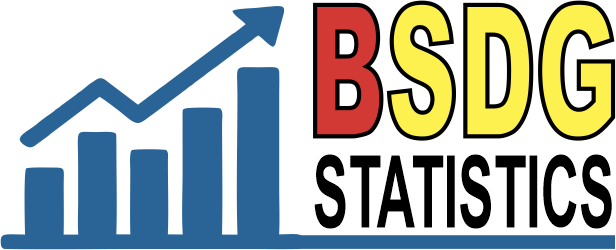ALTERASI DAN MINERALISASI PADA DAERAH SUB-PROJECT S, BLOK A, PT SUMBAWA BARAT MINERAL, KABUPATEN SUMBAWA BARAT, PROVINSI NUSA TENGGARA BARAT
ALTERATION AND MINERALIZATION IN SUB-PROJECT S AREA, BLOCK A, PT SUMBAWA BARAT MINERAL, WEST SUMBAWA DISTRICT, WEST NUSA TENGGARA PROVINCE
Abstract
The research area is located in the Mining Business License (IUP) owned by PT Sumbawa Barat Mineral located in Taliwang, West Sumbawa, West Nusa Tenggara, located on the Sunda-Banda Arc magmatic line which shows the potential for metal mineralization resulting from hydrothermal activity in the research area, the potential for mineralization spread in the research area is epithermal type. This research aims to determine the alteration, mineralization and type of depositethat develops in the research area. The methods used in this research are geological mapping with grid mapping method and grab sampling, XRF analysis by looking for elemental content, petrography analysis to determine the texture and structure of rocks and minerals, mineragraphy analysis to determine the kind of metallic minerals, and XRD analysis to identify alteration minerals in more detail. The results of this research show the presence of propylitic, argillic, advanced argillic, and silicified alteration. With mineralization of silver, copper, lead, zinc, arsenic, and manganese with the presence of covellite minerals, and dickite, the mineralization type of the research area is intermediate depth high sulfidation epithermal type.
Downloads
References
Akbar, M., 2023. Pengaruh Alterasi Hirdotermal Terhadap Mineralisasi Berdasarkan Data Mikroskopis Sampel Batuan Daerah Samoan Raboya, PT. Sumbawa Barat Mineral (SBM), Kecematan Taliwang, Kabupaten Sumbawa Barat. Diploma thesis, Universitas Muhammadiyah Mataram. Indonesia.
Carlile, J.C., & Mitchell, A.H.G. 1994. Magmatic Arc and Assosiated Gold and Copper Mineralization in Indonesia. Amsterdam: Elsevier. Netherland.
Fisher, R. V. 1960. Classification of Volcanic Breccias, Geology Society of America Buletin. United States of America.
Hamilton, W., 1979. Tectonics of the Indonesian region. Geology Journal. USGS report series, United Sates of America.
Hedenquist, J. W., Arribas, A., Urien, Eliso. G, 2000. Exploration for epithermal gold deposit. Society Economic Geologist. University of Ottawa. Canada.
Le Maitre, R., W., 2002. Igneous Rocks A Classification and Glossary of Terms. Geology Book. USGS and Cambridge University. United Kingdom.
Macheyeki, A. S., 2020. Applied Geochemistry Advance in Mineral Exploration Techniques. Geology Book. Earth Sciences Institute of Shinyanga, Tanzania.
Munasir, 2012. Uji XRD dan XRF Pada Bahan Meneral (Batuan dan Pasir) Sebagai Sumber Material Cerdas. Universitas Negeri Surabaya. Indonesia.
Pettijhon, F., J., 1975. Sedimentary Rocks Third Edition. Geology Book. The Johns Hopkins University Baltimore. United States of America.
Pirajno, F., 2009. Hydrothermal Processes and Mineral System. Geology Book. Geological Survey Of Western Australia. Australia.
Sudrajat, S., Mangga, A., Suwarna, N., 1998. Peta Geologi Lembar Sumbawa, Nusatenggara. Geology Map. Pusat Penelitian dan Pengembangan Geologi. Indonesia.
Syuhada, S., Hananto N., D., Abdullah C., I., 2016. Crustal structure along Sunda-Banda Arc transition zone from teleseismic receiver functions. Geology Journal. Springer International Publishing.
Copyright (c) 2024 Buletin Sumber Daya Geologi

This work is licensed under a Creative Commons Attribution-NonCommercial-ShareAlike 4.0 International License.
Authors whose manuscripts are published agree to the following terms:
The publication rights of all journal manuscript materials published on the Buletin Sumber Daya Geologi website are held by the editorial board with the knowledge of the author (moral rights remain with the manuscript’s author).
The formal legal provisions for access to digital articles in this electronic journal are subject to the terms of the Creative Commons Attribution-ShareAlike (CC BY-SA) license. This means that Buletin Sumber Daya Geologi has the right to store, convert media/formats, manage in the form of a database, maintain, and publish the article without requesting permission from the author, as long as the author’s name is cited as the copyright holder.
Manuscripts published in both print and electronic formats are open access for educational, research, investigative, and library purposes. Beyond these purposes, the editorial board is not responsible for any violations of copyright law.















